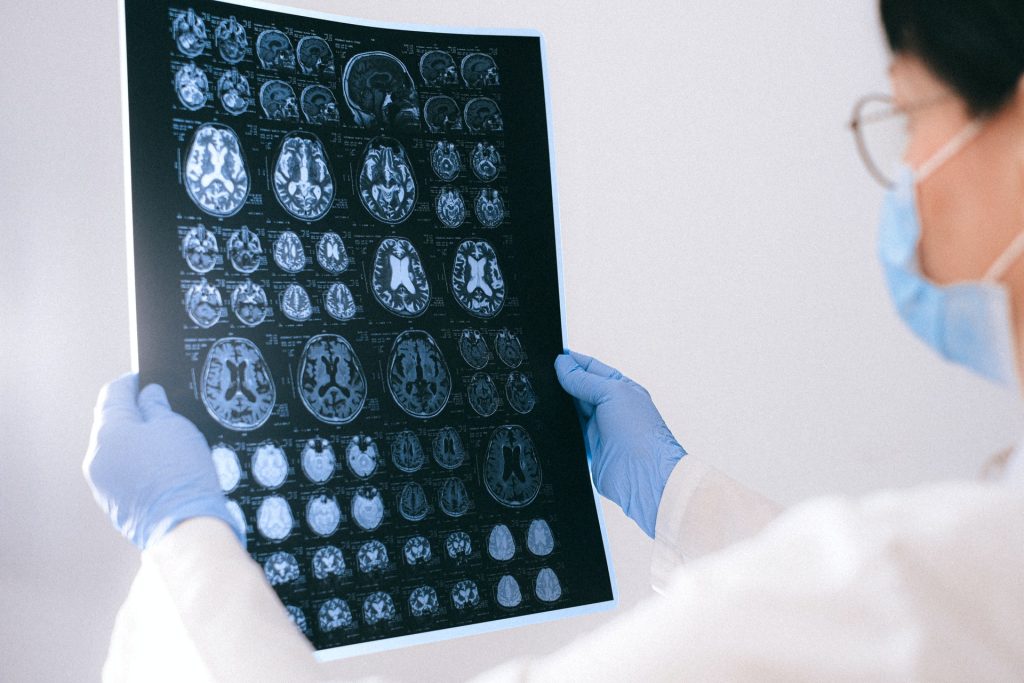
A new study suggests that depression after traumatic brain injury (TBI) could be a clinically distinct disorder rather than traditional major depressive disorder. The findings, which are published in Science Translational Medicine, hold important implications for patient treatment.
“Our findings help explain how the physical trauma to specific brain circuits can lead to development of depression. If we’re right, it means that we should be treating depression after TBI like a distinct disease,” said corresponding author Shan Siddiqi, MD, from Brigham and Women’s Hospital,. “Many clinicians have suspected that this is a clinically distinct disorder with a unique pattern of symptoms and unique treatment response, including poor response to conventional antidepressants – but until now, we didn’t have clear physiological evidence to prove this.”
Siddiqi, who led the study, was motivated by a patient he shared with David Brody, MD, PhD, a co-author on the study and a neurologist at Uniformed Services University. The two started a small clinical trial that used personalised brain mapping to target brain stimulation as a treatment for TBI patients with depression. In the process, they noticed a specific pattern of abnormalities in these patients’ brain maps.
The current study included 273 adults with TBI, usually from sports injuries, military injuries, or car accidents. People in this group were compared to other groups who did not have a TBI or depression, people with depression without TBI, and people with posttraumatic stress disorder. Study participants went through a resting-state functional connectivity MRI, a brain scan that looks at how oxygen is moving in the brain. These scans gave information about oxygenation in up to 200 000 points in the brain at about 1000 different points in time, leading to about 200 million data points in each person. Based on this information, a machine learning algorithm was used to generate an individualised map of each person’s brain.
The location of the brain circuit involved in depression was the same among people with TBI as people without TBI, but the nature of the abnormalities was different. Connectivity in this circuit was decreased in depression without TBI and was increased in TBI-associated depression. This implies that TBI-associated depression may be a different disease process, leading the study authors to propose a new name: “TBI affective syndrome.”
“I’ve always suspected it isn’t the same as regular major depressive disorder or other mental health conditions that are not related to traumatic brain injury,” said Brody. “There’s still a lot we don’t understand, but we’re starting to make progress.”
With so much data, the researchers were not able to do detailed assessments of each patient beyond brain mapping. To overcome this limitation, investigators would like to assess participants’ behaviour in a more sophisticated way and potentially define different kinds of TBI-associated neuropsychiatric syndromes.
Siddiqi and Brody are also using this approach to develop personalized treatments. Originally, they set out to design a new treatment in which they used this brain mapping technology to target a specific brain region for people with TBI and depression, using transcranial magnetic stimulation (TMS). They enrolled 15 people in the pilot and saw success with the treatment. Since then, they have received funding to replicate the study in a multicentre military trial.
“We hope our discovery guides a precision medicine approach to managing depression and mild TBI, and perhaps even intervene in neuro-vulnerable trauma survivors before the onset of chronic symptoms,” said Rajendra Morey, MD, a professor of psychiatry at Duke University School of Medicine, and co-author on the study.
Source: Brigham and Women’s Hospital


